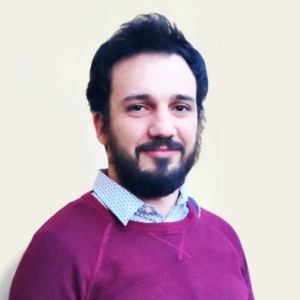Giovanni Milione presents Mobile Orbital Domains: Addressing Dynamic Topology Challenges in Satellite Networks at FiO LS Conference on October 29th
Our Giovanni Milione will present Mobile Orbital Domains: Addressing Dynamic Topology Challenges in Satellite Networks (JW4A.47) in Joint Poster Session III at the Frontiers in Optics + Laser Science (FiO LS) conference in Denver, CO, on October 29, 2025, 11:30 AM to 1:00 PM. We analyze satellite trajectories and identify satellite backbone networks with stable inter-satellite connections.


